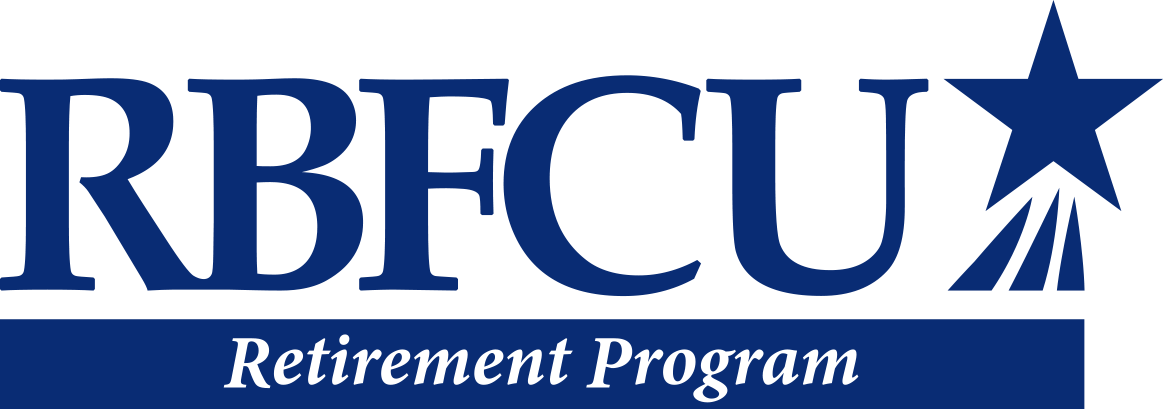Texas Teacher Retirement Planning: How to Supplement Your TRS Pension with a 403(b) Plan
Whether you are a seasoned educator or you’re just beginning your career serving students, it’s never too late or too early to think about retirement. For Texas teachers and other school employees, a 403(b) retirement plan offers an easy way for you to save for retirement through tax-advantaged investments.

Let’s take a broad look at how 403(b) plans work so you can better understand the value they may hold for you.
» Tip: Although there are differences between Traditional 403(b) and Roth 403(b) retirement plans, we’re speaking generally about them in this article.
Why a TRS pension may not cover all your retirement needs
It is often said that you’ll need around 70-90% of your income to maintain your current standard of living in retirement. This is known as the income replacement ratio and helps determine if your retirement income is adequate. While the Teacher Retirement System of Texas (TRS) will help, one estimate suggests that the TRS pension benefit1 will only replace about 69% of an employee’s pre-retirement income.
So how might you bridge that gap between your TRS pension and the estimated cost to live more comfortably in retirement? That’s exactly how 403(b) plans can be useful.
What is a 403(b) retirement plan?
A 403(b) retirement plan is a tax-deferred retirement savings plan offered to public school employees through their school districts or open-enrollment public charter schools. Your contributions, as well as any investment earnings, grow tax-deferred until the funds are withdrawn from the plan when you retire.
Fortunately, every school district in Texas offers this option to educators, administrators and staff.
How are 403(b) plans similar to 401(k) plans?
You’ve probably heard of 401(k) plans, something that many for-profit businesses offer employees. Both 401(k) and 403(b) plans are employer-sponsored, allowing eligible employees to contribute toward their retirement savings with pre-tax dollars. Because contributions can be made before taxes are calculated on their salary, an employee’s taxable income for the year may be reduced.
An advantage 403(b) and 401(k) plans share? Your retirement investments may follow you if/when you change employers. Thus, if you leave the district where you currently work to teach elsewhere, you may be able to leave your retirement accounts where they are, rollover to another employer-sponsored 403(b) plan (if available) or roll into an IRA.
Annual contribution limits to keep in mind
It’s worth noting that both 403(b) and 401(k) plans have the same annual contribution limits set by the Internal Revenue Service (IRS), which are in keeping with inflation.
For 2024, the 403(b) contribution limit2 for employees under 50 years old is $23,000. The IRS allows employees who are 50 years or older to add a bit more to their retirement savings (via catch-up contributions), so they may contribute up to $30,500 annually.
Withdrawals from your 403(b) plan are taxed as ordinary income for the calendar year in which they are withdrawn. Withdrawing funds before you reach age 59½ may result in additional financial penalties on top of the required taxes.
A key difference between 401(k) and 403(b) plans
In an employer-sponsored 401(k) plan, investors can choose from mutual funds, exchange-traded funds and sometimes individual securities. 403(b) plans only offer investments in mutual funds and annuities.
While a 403(b) plan’s investment options might seem limited compared to a 401(k), some people believe that having too many choices (whether you’re choosing an ice cream flavor or investment options) can make decisions difficult. So having a concentrated number of investment choices might indeed encourage investing by making it easier to decide where to put your money. The earlier you decide where and how to invest, the faster those investments will start working for you and your retirement.
How to choose a mutual fund or an annuity in a 403(b) plan
When deciding on retirement plans, a financial advisor can help you decide what would be appropriate for your individual situation. Still, it’s good to understand that a mutual fund offers investors the ability to pool their money to invest it in stocks, bonds, short-term money market instruments, other securities or assets, or a combination of these investments based on the mutual fund’s investment goals and objectives. The money you invest then will follow the ups and downs of the markets.
An annuity is usually a contract offered through insurance companies that provides some type of guaranteed income when you retire. Typically, annuities come with higher fees, but they can offer a more stable income during retirement.
The takeaway
School employees work long hours. That type of dedication understandably leaves little time to research retirement options and consider tax implications.
Fortunately, the RBFCU Retirement Program can help. Our financial advisors are familiar with the unique needs and challenges faced by Texas K-12 school employees. Schedule your initial no-cost, no-obligation consultation with the RBFCU Retirement Program today.




.jpg?sfvrsn=b1cfb2a8_4)